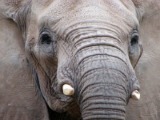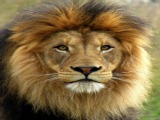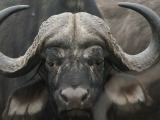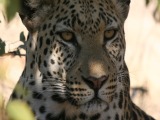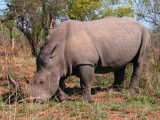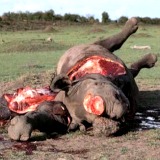Your day on an African safari
Your day on an African safari will be structured around the need to see the wildlife at their most active.
In order to be aligned with the workings of the bush this structure will
involve dawn wake up calls, set meal times and scheduled game drives.
Sunrise in the African bush is accompanied with distinctive bush sounds like some early birds calling out to welcome the day.
As the sun starts to light up of the horizon you can expect a light mist to appear from the glistening horizon.
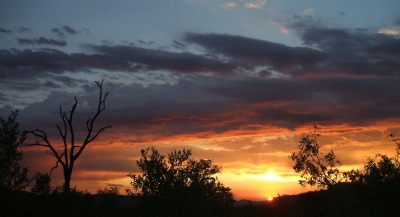
Your safari operator will usually design your day on an African safari
to maximize your chances of seeing wildlife at times when they are
expected to be most active.
The aim of your typical day on an African safari is to be exposed to the natural beauty of wildlife in their natural settings.
This means that an early start is important.
Tea and biscuits will
likely be served before you head off on your early morning game drive.
What to wear
The crisp air can be surprisingly cool on an African dawn so it is
usually a good idea to bring a warm coat and appropriate headgear for
your early morning drive.
Always wear neutral clothing on safari. This allows you to blend in with
your natural surroundings (especially when you go on a walking safari).
Most organized operators will have some blankets available in their open safari vehicles.
The day on an African safari may be changed if you visit are during the middle of winter when it is possible that you will have an early breakfast before you head out for your first game drive.
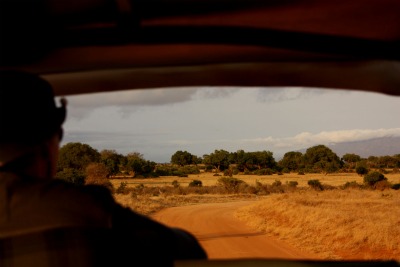
Your safari guide will play an important role as a link between your bush surroundings and yourself.
You can recognize a good guide as an individual who clearly has passion, knowledge and respect for the environment and wildlife.
What makes for a good safari guide?
One important indicator of a good nature guide is that he will
understand the importance of respecting the personal space of the
animals being viewed in the bush.
With this I mean that a knowledgeable guide will know how close s/he can
go to a particular species.
As soon as the guide causes the animal to
alter its natural behavior, it is a sign that the guide has invaded the
animal’s space.
The goal of wildlife watching is to observe the animals as they behave naturally and not how it responds to your presence.
A day on an African safari will start with the early morning safari
drive when many of the animals will be making their way to water holes
or rivers for their first drink of the day.
You will likely set out on your safari drive with a professional game
ranger behind the steering wheel and an experienced tracker on his
assigned seat up front above the bull bar of the vehicle.
Your nature guide is responsible for your comfort and enjoyment and the
highest possible standard of safety measures at all times.
Your guide should carry out a pre-briefing before embarking on the drive.
The first African safari animals visitors usually look for are the Big 5
What African animals are the Big five?
Your morning game drive could take between 3 and 4 hours.
After that it
will be time to return to your camp and to a sumptuous and hearty
breakfast.
After lunch you normally remain in your lodge or tented camp can take a nap, or do some reading
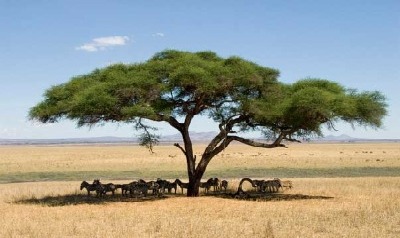
You will now be ready for your afternoon session on an African Safari day.
